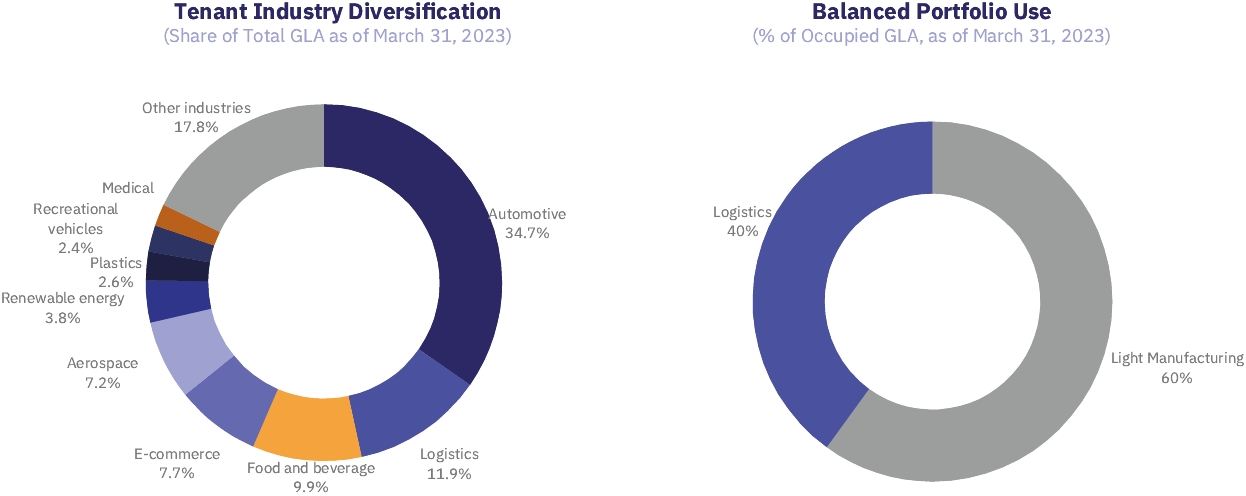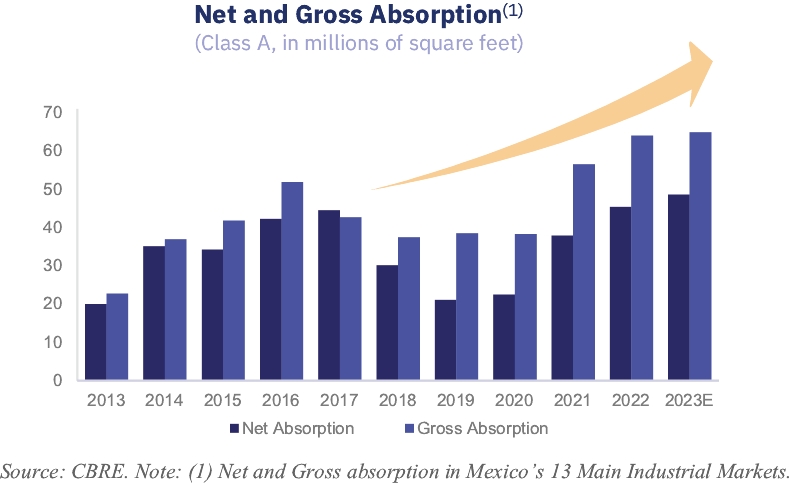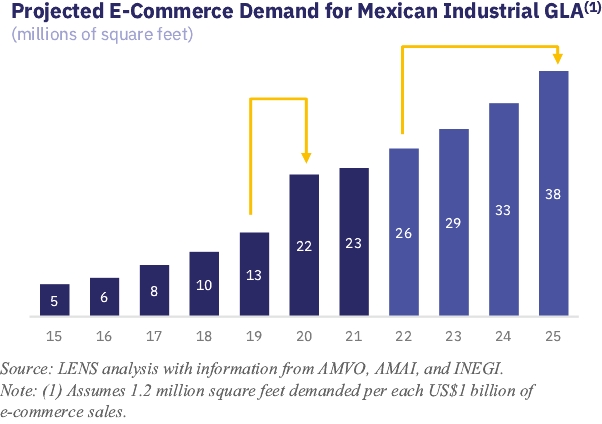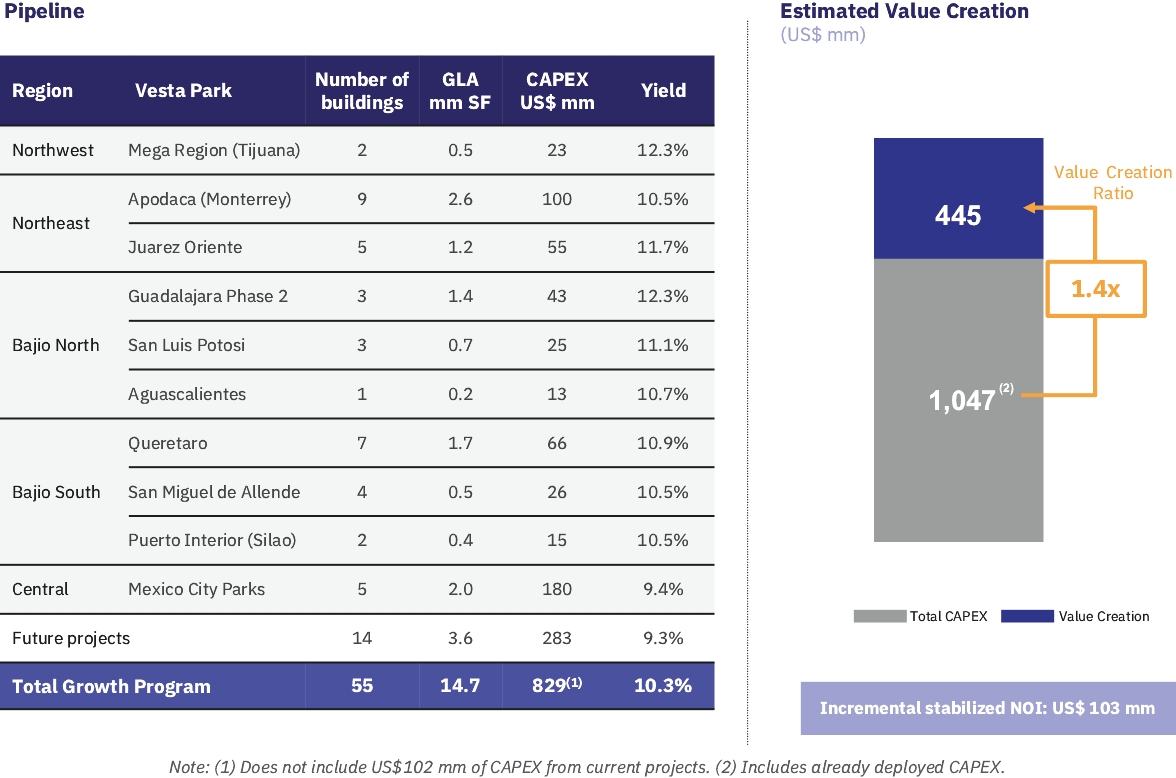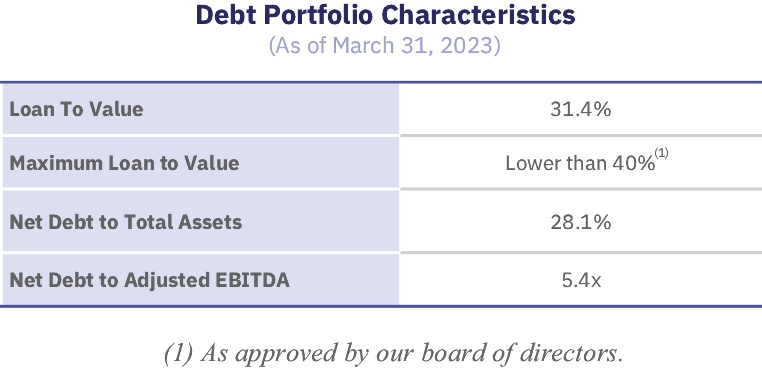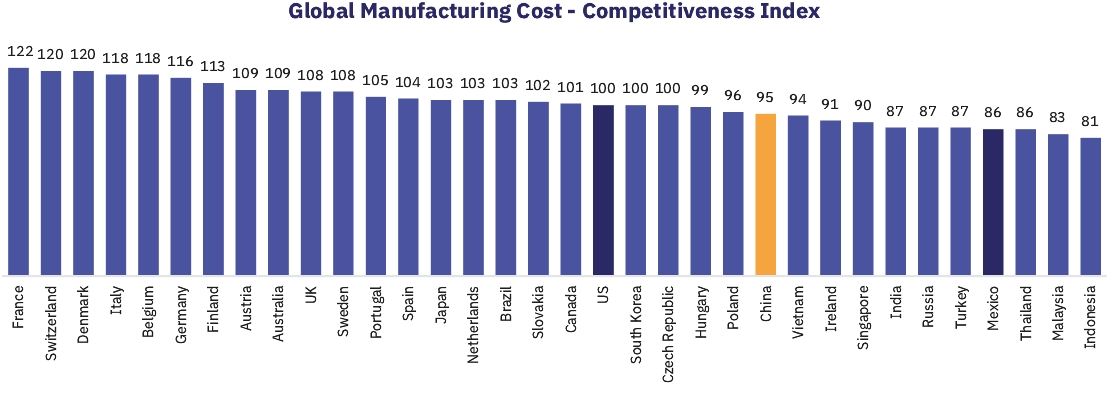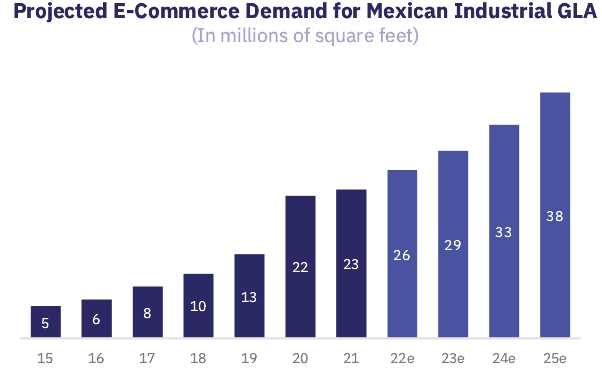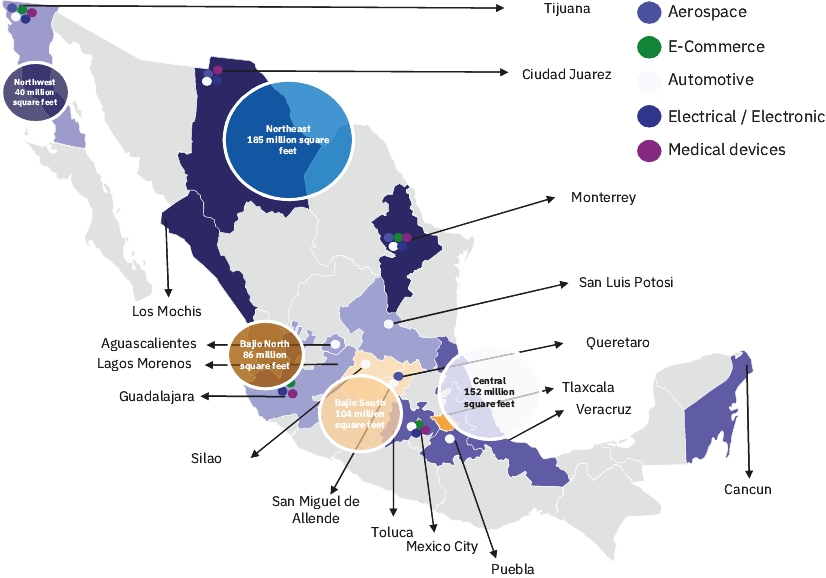3.
| Fully paid ordinary shares |
Balance as of January 1, 2021 | | | 564,214,433 | | | $422,437,615 | | | $297,064,471 |
Vested shares | | | 3,258,637 | | | 1,647,600 | | | 4,743,437 |
Equity issuance | | | 116,779,558 | | | 58,773,174 | | | 164,422,275 |
Balance as of December 31, 2021 | | | 684,252,628 | | | 482,858,389 | | | 466,230,183 |
Vested shares | | | 4,161,111 | | | 2,014,895 | | | 5,800,995 |
Repurchase of shares | | | (8,710,999) | | | (4,249,365) | | | (11,353,944) |
Balance as of December 31, 2022 | | | 679,702,740 | | | $480,623,919 | | | $460,677,234 |
Pursuant to a resolution of the general ordinary stockholders meeting on March 24, 2022, the Entity declared a dividend of $57,432,777, approximately $0.08306 per share. The dividend will be paid in four equal installments of $14,358,194 due on April 15, 2022, July 15, 2022, October 15, 2022 and January 15, 2023. As of December 31, 2022, the unpaid dividends are $14,358,194.
The first installment of the 2022 declared dividends, paid on April 15, 2022, was approximately $0.0207 per share, for a total dividend of $14,358,194.
The second installment of the 2022 declared dividends, paid on July 15, 2022, was approximately $0.02086 per share, for a total dividend of $14,358,194.
The third installment of the 2022 declared dividends, paid on October 15, 2022, was approximately $0.02086 per share, for a total dividend of $14,358,194.
Pursuant to a resolution of the general ordinary stockholders meeting on March 23, 2021, the Entity declared a dividend of $55,776,929, approximately $0.097 per share. The dividend will be paid in four equal installments of $13,944,232 due on April 15, 2021, July 15, 2021, October 15, 2021 and January 15, 2022. As of December 31, 2021, the unpaid dividends are $13,944,232.
The first installment of the 2021 declared dividends, paid on April 15, 2021, was approximately $0.0242 per share, for a total dividend of $13,944,232.
The second installment of the 2021 declared dividends, paid on July 15, 2021, was approximately $0.0242 per share, for a total dividend of $13,944,232.
The third installment of the 2021 declared dividends, paid on October 15, 2021, was approximately $0.0242 per share, for a total dividend of $13,944,232.
The fourth installment of the 2021 declared dividends, paid on January 15, 2022, was approximately $0.0237 per share, for a total dividend of $13,534,554.
Stockholders' equity, except restated common stock and tax-retained earnings, will incur income tax payable by the Entity at the rate in effect at the time of its distribution. Any tax paid on such distribution may be credited against income for the year in which the dividend tax is paid and, in the subsequent two years, against tax for the year and the related estimated payments.
Dividends paid from tax profits generated from January 1, 2014 to residents in Mexico and to nonresident stockholders may be subject to an additional tax of up to 10%, which will be withheld by the Entity.
Pursuant temporary provisions of the Income Tax Law of 2016, a tax benefit was granted to individual taxpayers that are subjects to 10% withholding tax on dividends received from legal entities, which come from earnings generated in 2014, 2015 and 2016, subject to compliance with specific requirements. The tax benefit consists in a tax credit equivalent to 5% of the distributed dividend (applicable only to dividends distributed in 2020 and onwards). Such tax credit will be credited only against the aforementioned 10% withholding tax.




